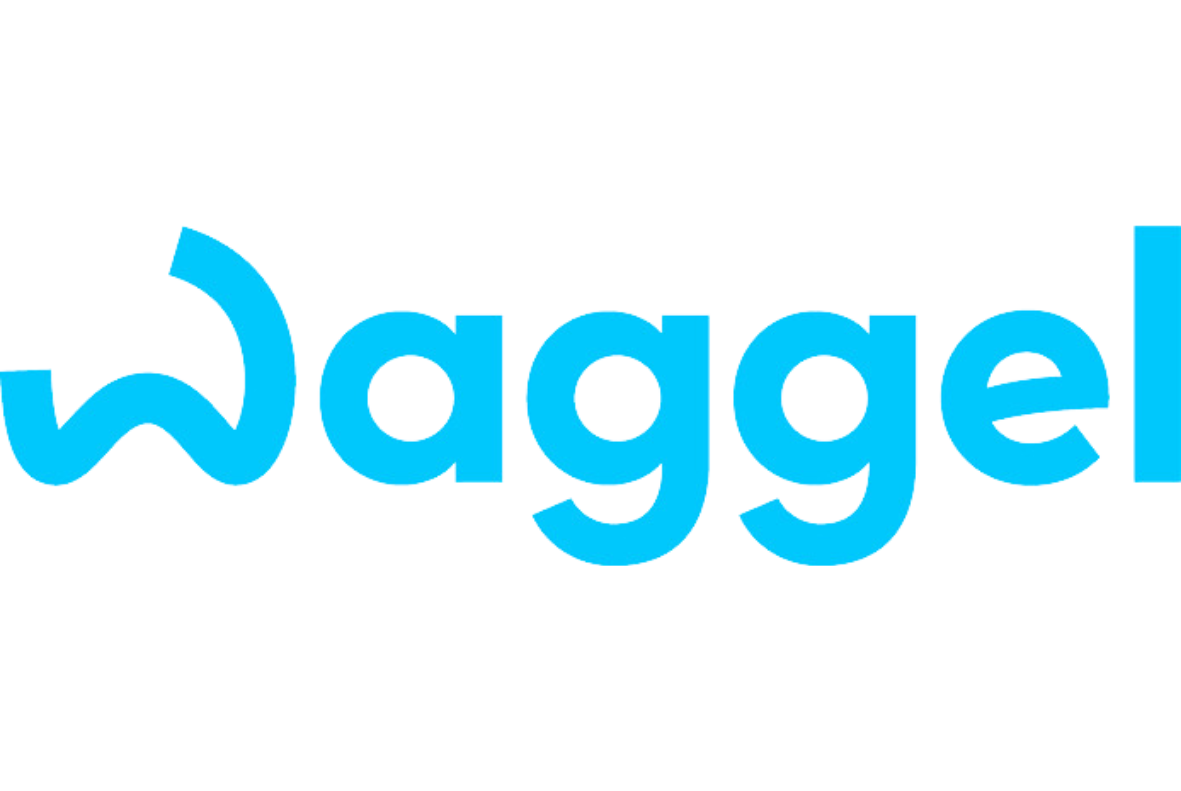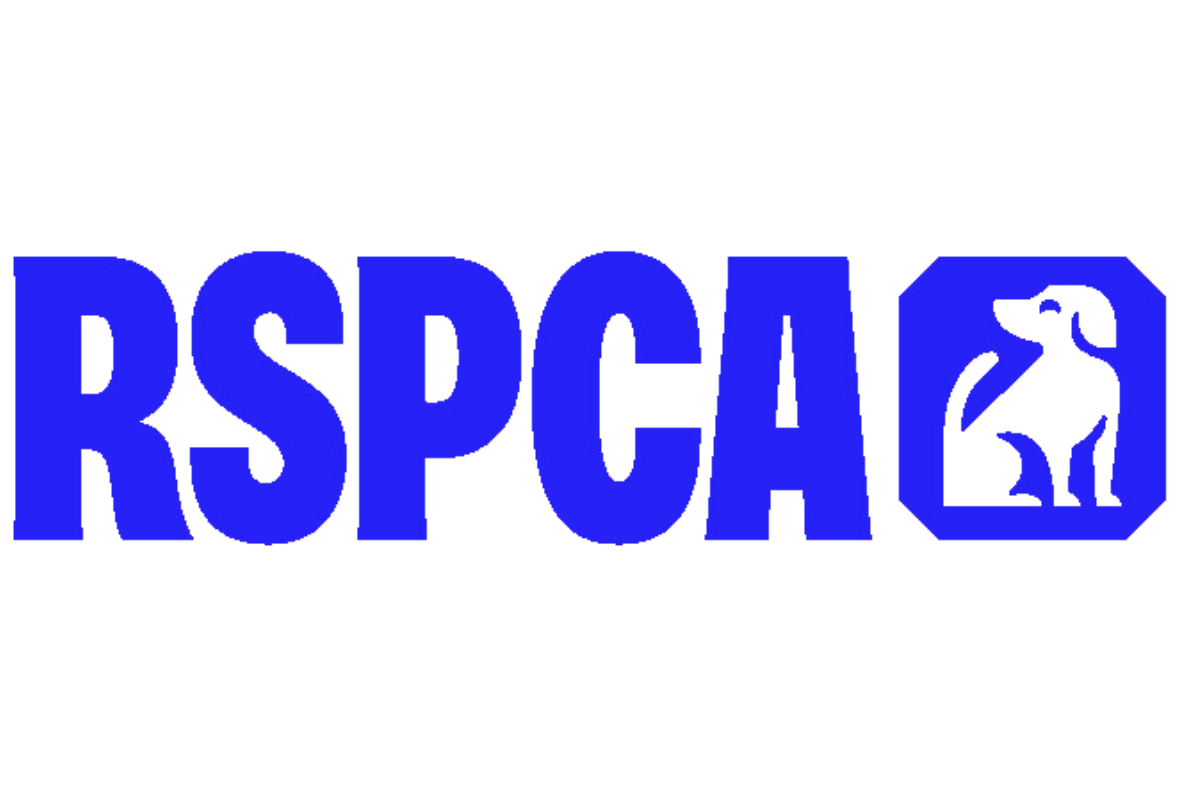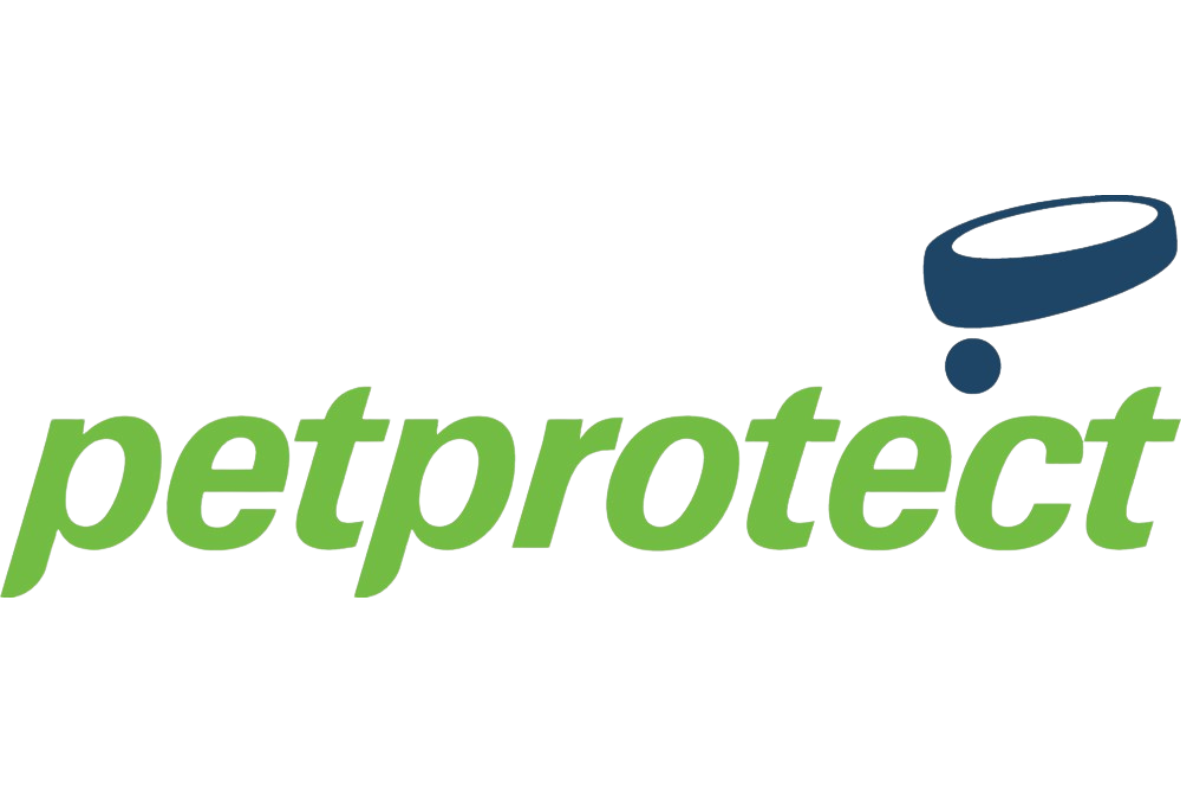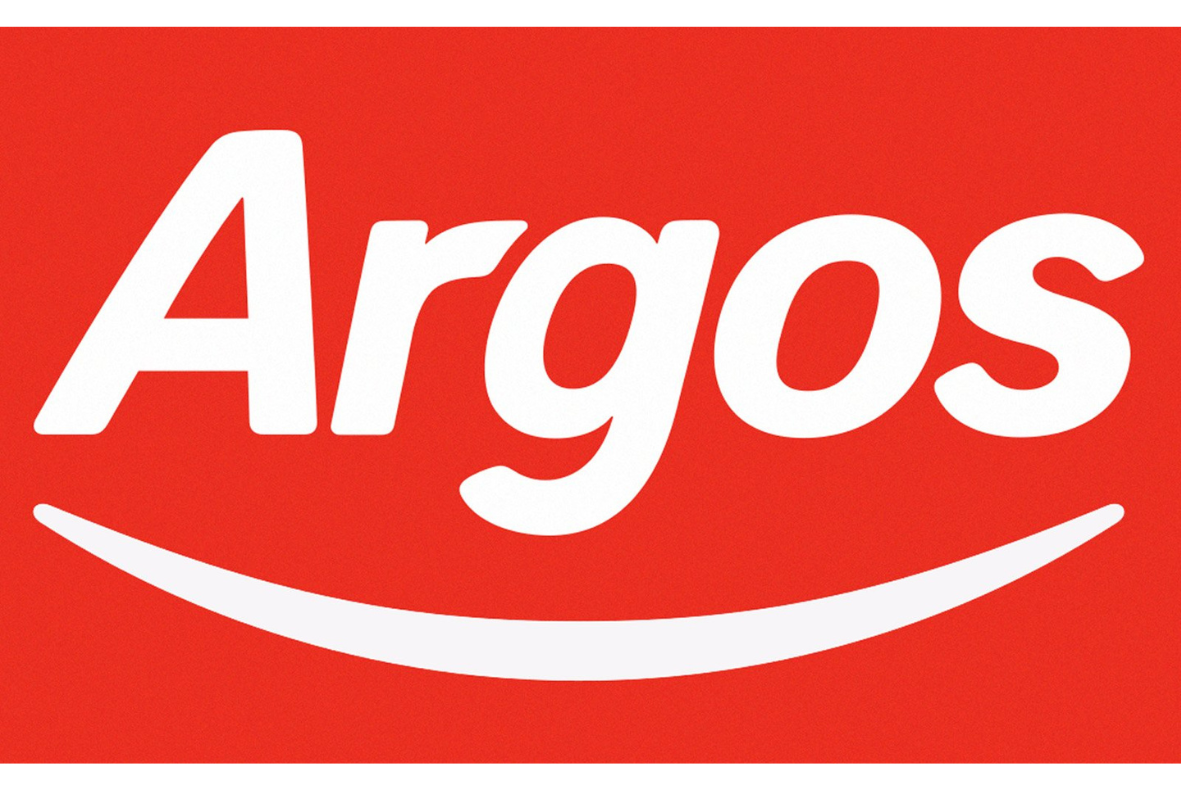Cheap Pet Insurance
- Compare 15 providers at once
- Prices from just £3.35* per month
- Top providers looking to help

Cheap Lagotto Romagnolo Dog Pet Insurance
 The Lagotto Romagnolo, an ancient Italian breed, originated in the marshlands of Ravenna and Comacchio, where it was initially prized as a water retriever. Over time, as these wetlands were drained and turned into farmland, the Lagotto adapted from a waterdog into an exceptional truffle hunter, thanks to its impressive sense of smell and focus. Unlike other hunting breeds, the Lagotto lacks a strong prey drive, allowing it to remain undistracted by the scent of game and perfect for its role as a truffle dog.
The Lagotto Romagnolo, an ancient Italian breed, originated in the marshlands of Ravenna and Comacchio, where it was initially prized as a water retriever. Over time, as these wetlands were drained and turned into farmland, the Lagotto adapted from a waterdog into an exceptional truffle hunter, thanks to its impressive sense of smell and focus. Unlike other hunting breeds, the Lagotto lacks a strong prey drive, allowing it to remain undistracted by the scent of game and perfect for its role as a truffle dog.
Compact and well-built, the Lagotto has a rugged, rustic appearance, covered in a dense, curly coat that provides excellent protection against the elements. Its square body is perfectly proportioned, with a broad, slightly convex skull and a shorter, wedge-shaped muzzle. The eyes, which range in color from ochre to dark brown, add to the dog’s alert, lively expression, while triangular ears frame its face, showcasing the breed’s expressive, almost whimsical appearance.
The Lagotto is a warm, affectionate, and highly trainable companion, known for its loyalty and intelligence. It’s an agile, alert dog that forms deep bonds with its family, thriving on positive reinforcement and gentle training methods. This breed loves having a purpose, and its eager-to-please nature makes it a joy to work with. Although naturally friendly, the Lagotto can be a vigilant watchdog, thanks to its keen instincts and observant nature.
With a sturdy neck, powerful shoulders, and strong, free-moving legs, the Lagotto is built for endurance, able to cover ground tirelessly while searching for truffles. Its coat, soft and woolly, sheds water effectively, which was advantageous in its early days as a water retriever. Now, this protective coat serves it well in truffle hunting, providing insulation and durability during long hours in the field.
In all, the Lagotto Romagnolo is an ideal companion for those who appreciate an intelligent, affectionate, and active dog with a strong work ethic and a deep attachment to its human family. Its history, versatility, and distinctive appearance make it a remarkable breed for both truffle hunting and family life.
Just some of the great pet insurance brands included









